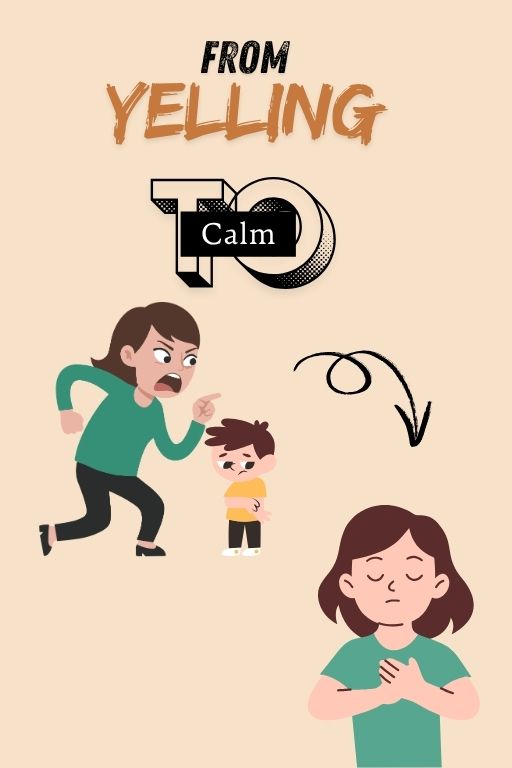Connection Over Perfection
Hello hello, how are you today? Over here I’m okay… still dealing with the never-ending recycled cold:
while(true) { print “cold” }🤪 Pretty normal when you’ve got one in school or daycare, right? Mom life: it just never ends. 🤷🏻♀️ If you know a good immune booster besides multivitamins, please send it my way!
Anyway, let me get straight to the point because something happened while I was playing with my son that taught me a really good lesson. (And yes, it even rhymes 🤓).
The wake-up call
A few weeks ago, we made a little cardboard ice cream cart together. I’ll leave you the activity to download if you want to try it out.
I went into control/perfection mode, with a clear picture in my head of exactly how the cart “should” look. But of course, my son decided to draw an ice cream cone on the side—which was not part of my plan. So I jumped in: “No, no, no…”
He looked at me, super calm, and said:
“But Mom, the ice cream cart is mine, and I like it this way.”
Ouch. As we say in Cuba, it was like he gave me a “slap without hands.” 😅 It really made me stop and think: he was absolutely right. Why stress? This cart wasn’t for selling ice cream in the park—it was for us to have fun together.
The myth of perfection
Believing that play, activities, or even motherhood have to follow a perfect step-by-step plan takes away creativity and joy. At best, it keeps us from enjoying the moment. At worst, it ends in frustration, nagging, or even arguments.
I’ve done this so many times with:
- Board games
- Little science experiments
- Tracing or drawing activities
And then I’d wonder why he didn’t want to repeat the activity. Well… because I basically injected stress into it and created a negative association.
The control that disconnects us
We often try to control what’s being played, how it’s played, and for how long. Not always because we want to, but because we’re running an endless mental checklist like a computer with too many processors multitasking.
We’re everywhere—except in the game. And let’s be honest, phones don’t help. They numb us for a bit, but really they just disconnect us more… and leave us with guilt afterward.
What’s been working for me
- Playing less time. (I never thought I’d say this, but it helps!).
- Putting my phone away in another room.
- Letting him choose an activity we both enjoy.
- Giving full attention during those 10, 20, or 30 minutes without multitasking.
The benefits of true connection
When we connect deeply with our kids, the benefits are huge—not only for them, but for us too:
- More calm
- More cooperation
- Fewer tantrums
- They feel safer
- They trust us more
- Lower chances of depression later in life
How to know if your child needs more connection
Look for these signs:
- More tantrums than usual
- Seeking attention in negative ways
- Seeming distant or distracted
- Changes in sleep or appetite
Simple steps to let go of perfection
- Take a breath before starting to play.
- Leave your phone in another room.
- Give yourself (and your child) permission for things not to go “as planned.”
Because at the end of the day, your child doesn’t need a perfect mom—they need a present one. 💛
This journal isn’t about doing it perfectly. It’s just a simple tool to help you notice, enjoy, and remember real moments with your child.
Until next time,
Irina – a mom without a manual ✨

